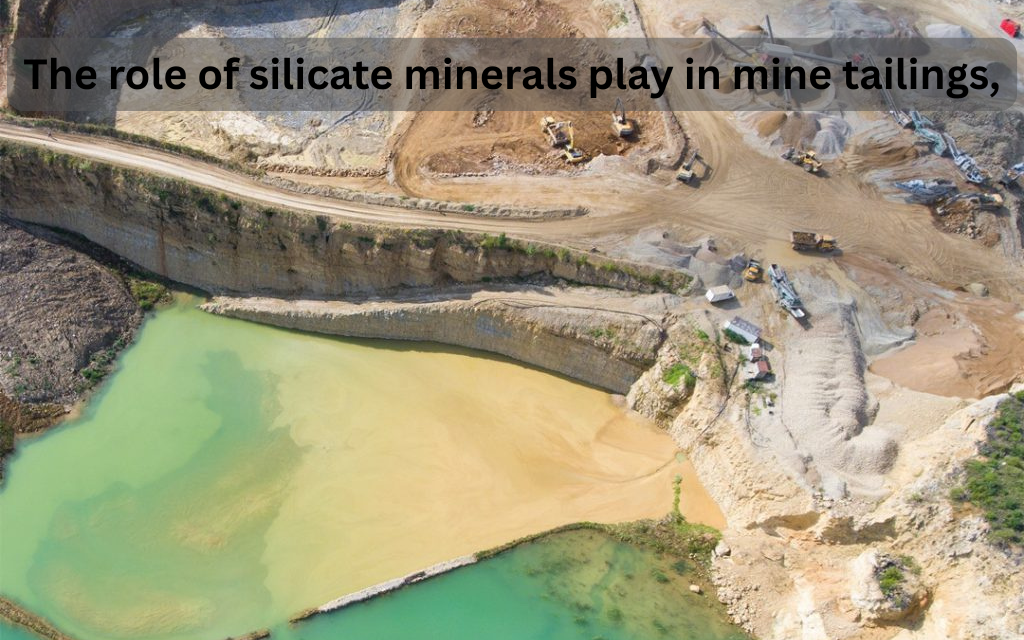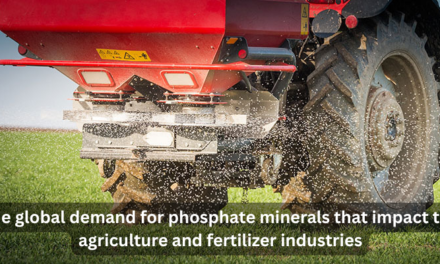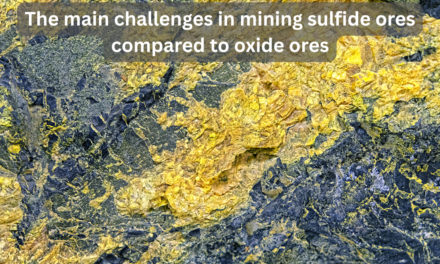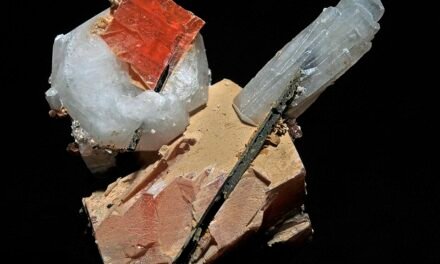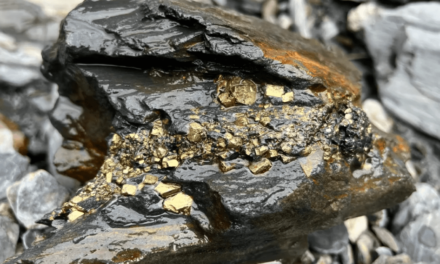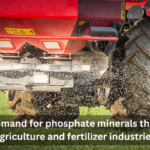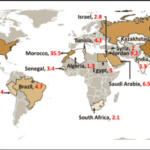Silicate minerals play a significant role in mine tailings as they often make up a large proportion of the material that is left behind after the extraction of valuable metals or minerals. While silicate minerals are generally non-toxic and relatively stable, their presence in tailings can still have environmental implications, especially in terms of volume and disposal. Here’s a breakdown of their role in mine tailings and how their impact can be managed:
Role of Silicate Minerals in Mine Tailings
- Composition of Tailings:
- Silicate-Rich Tailings: Many silicate minerals, such as quartz, feldspar, and mica, are commonly found in mine tailings because these minerals are abundant in the Earth’s crust. After the extraction of valuable metals or ores (e.g., gold, copper), the remaining tailings often consist of these silicate gangue minerals.
- Inert Nature: Silicate minerals are chemically inert and do not typically pose direct toxicity risks like sulfide minerals (e.g., pyrite, chalcopyrite), which can produce acid mine drainage when exposed to air and water. However, their sheer volume and the associated environmental concerns, such as water and soil contamination, still need attention.
- Volume of Tailings:
- High Silicate Content: Silicate minerals, being abundant, contribute significantly to the overall volume of mine tailings. Silicate-rich ores, especially low-grade ones, can generate large quantities of tailings that must be stored and managed appropriately.
- Bulkiness: Silicate minerals can occupy large physical spaces in tailings storage facilities, requiring vast areas for storage and contributing to the challenges of tailings disposal and management.
- Silica Content and Environmental Impact:
- Silica Dust: When silicate minerals, especially quartz, are ground up during the mining and processing of ores, silica dust can be released into the environment. Prolonged exposure to high levels of respirable crystalline silica (fine dust) can be harmful to human health, leading to respiratory issues like silicosis.
- Water Contamination: While silicate minerals themselves are not toxic, they can contribute to water pollution if tailings ponds or dumps are poorly managed. Fine particles of silicates can contaminate nearby water bodies, affect aquatic life, and lead to the siltation of rivers and streams.
Managing the Impact of Silicate Minerals in Mine Tailings
- Tailings Storage and Containment:
- Tailings Dams and Ponds: Silicate-rich tailings are typically stored in tailings dams or ponds. Proper design, monitoring, and maintenance are critical to prevent the failure of tailings storage structures and mitigate risks such as flooding or contamination.
- Dry Stacking: An alternative to tailings ponds is dry stacking, where tailings are dewatered and stacked in a dry form. This method reduces the risk of water contamination and minimizes the volume of stored waste.
- Tailings Recycling: Some silicate minerals can be reprocessed to recover any remaining metals, thus reducing the volume of tailings and increasing the efficiency of resource use.
- Minimizing Silica Dust and Airborne Particulates:
- Dust Control Measures: During the crushing, grinding, and handling of silicate-rich ores, dust control measures such as water spraying, fog cannons, and dust collectors can be employed to prevent silica dust from becoming airborne and posing health risks.
- Air Quality Monitoring: Regular monitoring of air quality around mining sites can help identify and mitigate high levels of dust exposure to workers and nearby communities.
- Water Management and Contamination Prevention:
- Water Treatment Systems: In tailings ponds, silicate-rich water can be treated to remove suspended particles, preventing contamination of local water sources. Techniques such as sedimentation or filtration can help clarify water and reduce the environmental impact.
- Closed-Loop Water Systems: Implementing closed-loop water systems within the mining operation allows water from tailings ponds to be reused in the processing stage, reducing the need for fresh water and minimizing tailings-related contamination.
- Rehabilitation of Tailings Areas:
- Vegetation and Erosion Control: Post-mining reclamation efforts should focus on stabilizing tailings areas by planting vegetation to prevent soil erosion and improve aesthetics and biodiversity. Native plant species are preferred for their ability to adapt to the site and help restore soil health.
- Tailings Stabilization: In some cases, silicate tailings can be chemically stabilized or mixed with other materials to create a stable landform, further reducing environmental impacts and enabling safe land use after mining activities cease.
- Environmental Monitoring and Compliance:
- Regular Monitoring: Continuous monitoring of water quality, air quality, and soil conditions around tailings storage facilities is essential to detect any early signs of environmental degradation. This includes testing for heavy metals or acidification from silicate processing.
- Environmental Impact Assessments (EIA): Conducting thorough EIAs before, during, and after mining operations can help identify potential risks associated with silicate mineral processing and the management of mine tailings.
- Use of Silicate Tailings in Other Industries:
- Resource Recovery: Certain silicate minerals in the tailings, such as feldspar, mica, and quartz, can be recycled or reused in other industries (e.g., ceramics, glass, construction materials).
- Carbon Sequestration: Some mining operations are investigating the potential of using silicate tailings in carbon sequestration processes, where minerals like olivine can absorb CO₂ and help reduce the carbon footprint of the mining operation.
Conclusion
Silicate minerals, while generally chemically stable and non-toxic, play a major role in the environmental challenges of mine tailings due to their volume, dust generation, and potential for contributing to water contamination. To mitigate these impacts, it is essential to employ comprehensive tailings management strategies, dust control measures, and water treatment systems. Additionally, post-mining rehabilitation and recycling efforts can help minimize the long-term environmental footprint of silicate-rich mining operations.

